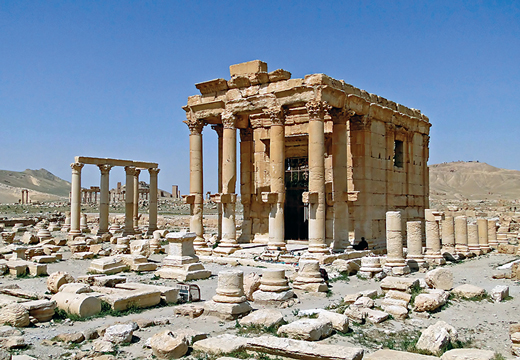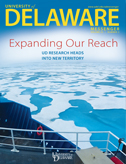Preserving cultural heritage
in war-torn countries

As one shocking news report after another shows the damage being done to priceless antiquities and historic sites in war-torn Syria, a UD alumna is working toward a more hopeful future in which some of these treasures can be preserved.
LeeAnn Barnes Gordon, AS11M, who earned her master’s from the Winterthur/University of Delaware Program in Art Conservation, now lives in Massachusetts and serves as project manager for conservation and heritage preservation for the Syrian Heritage Initiative (SHI).
A cooperative agreement between the U.S. Department of State and the American Schools of Oriental Research, located at Boston University, the SHI strives to document, protect and preserve the cultural heritage of Syria and northern Iraq, where hundreds of significant heritage sites have been damaged since fighting began in 2011. Citing an ethical obligation to respond, the SHI project is part of an international effort to work with Syrians to protect their heritage and cultural identity.
Gordon, an art conservator with a specialization in archaeological objects, calls the project a way for specialists in cultural preservation to make an important contribution.
“I like to think that by doing this work, we send a message to the people of Syria and Iraq that we care about what’s happening to them and that we want to help,” she says.
The initiative is working to document damage by collecting information from such sources as news and social media, satellite imagery, specialists and volunteers, and producing a comprehensive inventory of heritage sites and damage.
“We hope that in the postwar period, our research, assessments and plans will be made available to the parties who will be responsible for the caretaking of cultural heritage in both countries,” says Gordon, “and that the work will facilitate recovery and rehabilitation of the many sites and collections that have been damaged.”
Article by Ann Manser, AS73


